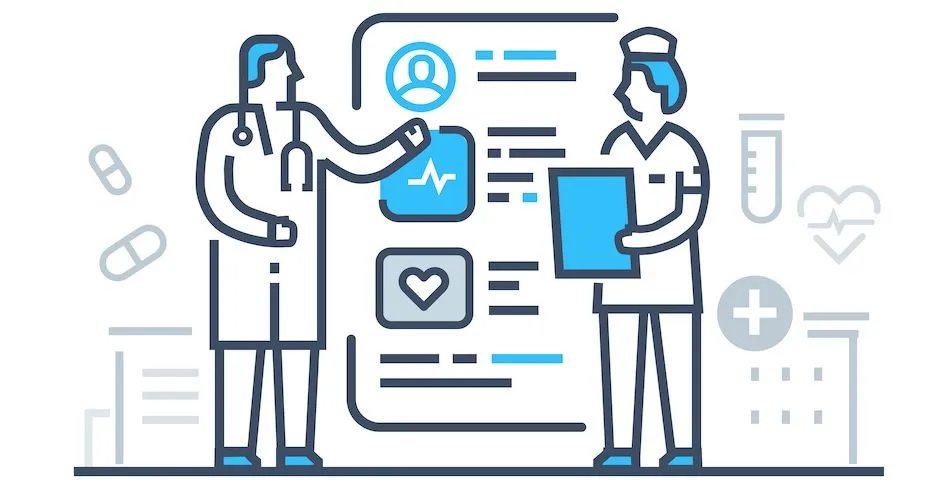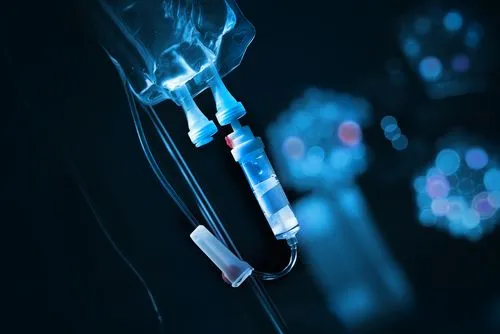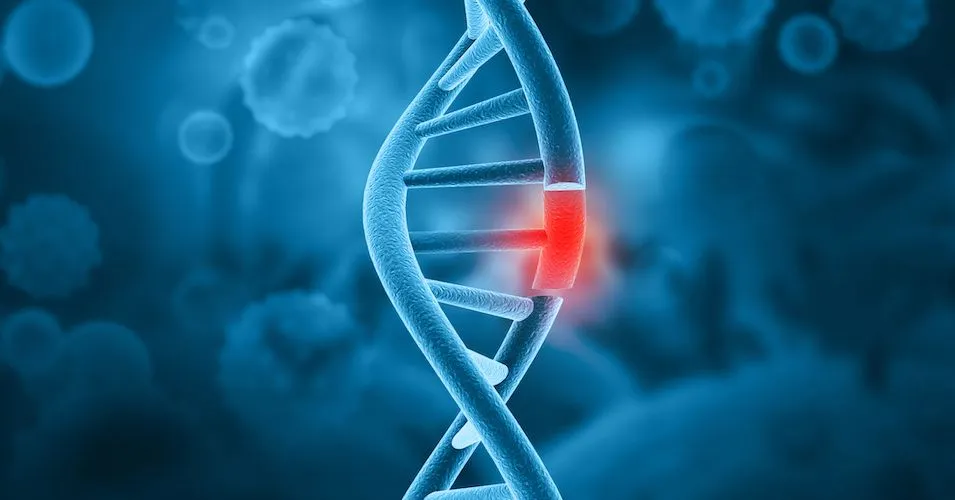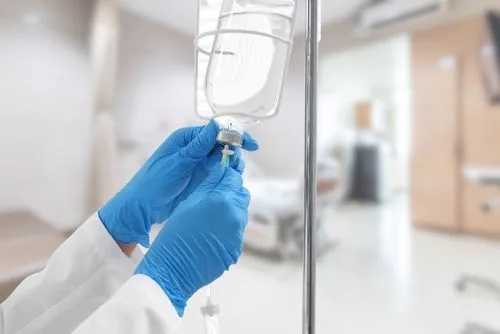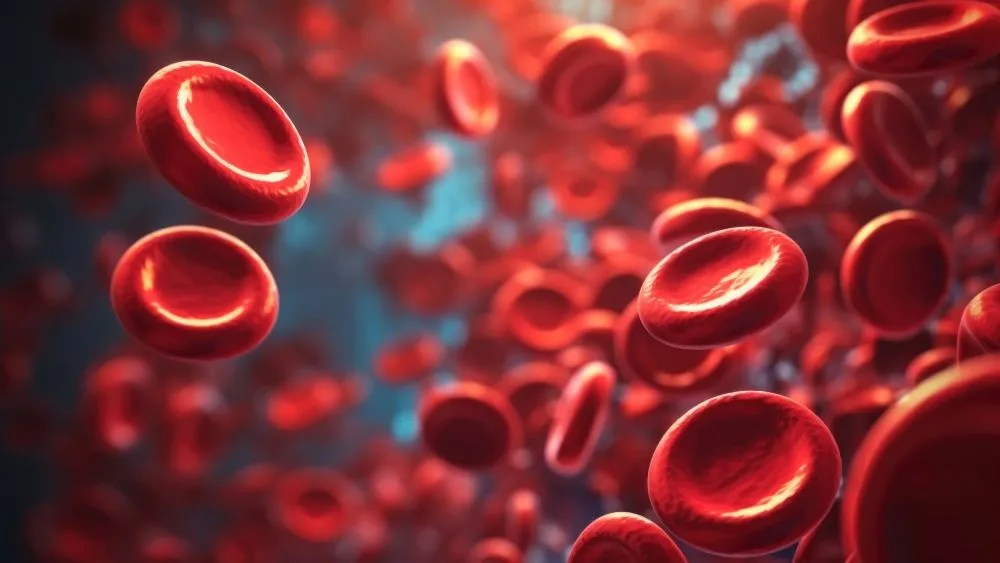The Use Of Antithymocyte Globulin Immunotherapy When Treating Low-Risk MDS
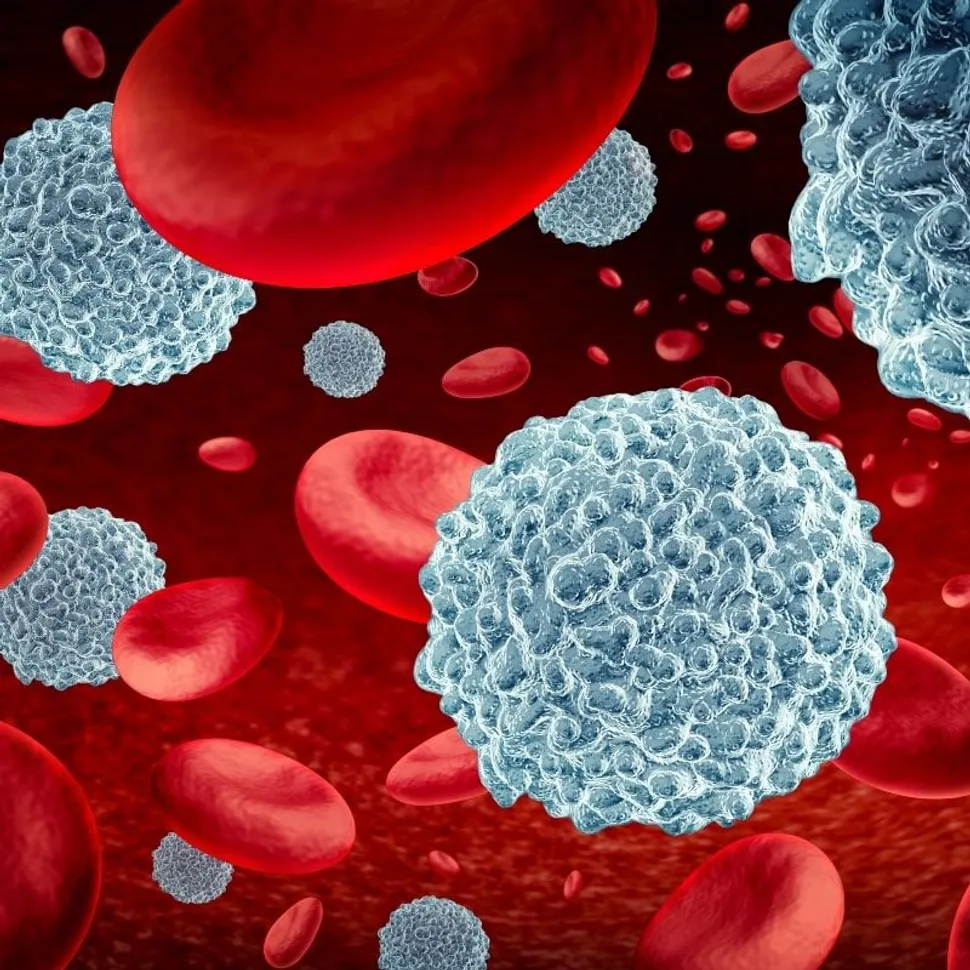
The Use Of Antithymocyte Globulin Immunotherapy When Treating Low-Risk MDS
“Immunotherapy is a type of cancer treatment. It uses substances made by the body or in a laboratory to boost the immune system and help the body find and destroy cancer cells. Immunotherapy can treat many different types of cancer. It can be used alone or in combination with chemotherapy and/or other cancer treatments.”
Immunosuppressive therapy can be an option for patients with lower-risk MDS (LR-MDS). A common type of immunotherapy for MDS is antithymocyte globulin (ATG). It works by killing T-lymphocytes (the cells that attack bone marrow stem cells). This allows a “patient’s bone marrow to rebuild its supply of bone marrow stem cells, causing blood counts to go up.”
ATG is given through an IV treatment for 8-12 hours a day, for 4 consecutive days. It is more effective when used in combination with cyclosporine, which is taken orally. This immunosuppressive therapy can help lower the risk of MDS developing into AML. When receiving ATG treatment, some of the common side effects (that usually subside after treatment) are:
- Chills or fever.
- Hives.
- Nausea and vomiting.
- Diarrhea.
- Dizziness and headache.
Antithymocyte globulin works by weakening the immune system, which will lower the body's ability to fight off infections. Make sure to communicate with your doctor if you see any sign of infection: cough, fever, sore throat, chills, pain when urinating. Stay away from anyone that has an infection that can easily spread: chickenpox, shingles, measles, flu.
There is no cure for myelodysplastic syndromes, but some medications can help slow the progression of the disease. For those patients who are lower-risk, they can live 5 years or longer with effective treatment. “Immunotherapy uses the body's natural defenses to fight cancer by improving your immune system's ability to attack cancer cells. Although this is rarely used for MDS, it may be an option for some patients.”
Along with immunotherapy, low-risk MDS patients are largely treated with supportive care and pathways to improve anemia. LR-MDS resembles autoimmune diseases because of the disruption to the immune system. The use of ATG treatment results are more effective in those patients younger than 65 years old.
The Use Of Antithymocyte Globulin Immunotherapy When Treating Low-Risk MDS
“Immunotherapy is a type of cancer treatment. It uses substances made by the body or in a laboratory to boost the immune system and help the body find and destroy cancer cells. Immunotherapy can treat many different types of cancer. It can be used alone or in combination with chemotherapy and/or other cancer treatments.”
Immunosuppressive therapy can be an option for patients with lower-risk MDS (LR-MDS). A common type of immunotherapy for MDS is antithymocyte globulin (ATG). It works by killing T-lymphocytes (the cells that attack bone marrow stem cells). This allows a “patient’s bone marrow to rebuild its supply of bone marrow stem cells, causing blood counts to go up.”
ATG is given through an IV treatment for 8-12 hours a day, for 4 consecutive days. It is more effective when used in combination with cyclosporine, which is taken orally. This immunosuppressive therapy can help lower the risk of MDS developing into AML. When receiving ATG treatment, some of the common side effects (that usually subside after treatment) are:
- Chills or fever.
- Hives.
- Nausea and vomiting.
- Diarrhea.
- Dizziness and headache.
Antithymocyte globulin works by weakening the immune system, which will lower the body's ability to fight off infections. Make sure to communicate with your doctor if you see any sign of infection: cough, fever, sore throat, chills, pain when urinating. Stay away from anyone that has an infection that can easily spread: chickenpox, shingles, measles, flu.
There is no cure for myelodysplastic syndromes, but some medications can help slow the progression of the disease. For those patients who are lower-risk, they can live 5 years or longer with effective treatment. “Immunotherapy uses the body's natural defenses to fight cancer by improving your immune system's ability to attack cancer cells. Although this is rarely used for MDS, it may be an option for some patients.”
Along with immunotherapy, low-risk MDS patients are largely treated with supportive care and pathways to improve anemia. LR-MDS resembles autoimmune diseases because of the disruption to the immune system. The use of ATG treatment results are more effective in those patients younger than 65 years old.

about the author
Lisa Foster
Lisa Foster is a mom of 3 daughters and 1 perfect grandchild, a puzzle lover, writer and HealthTree advocate. She believes in the mission of the foundation and the team that builds it forward. She calls Houston, Texas home.
More on Treatment Advances
Get the Latest Myelodysplastic Syndromes Updates, Delivered to You.
By subscribing to the HealthTree newsletter, you'll receive the latest research, treatment updates, and expert insights to help you navigate your health.

